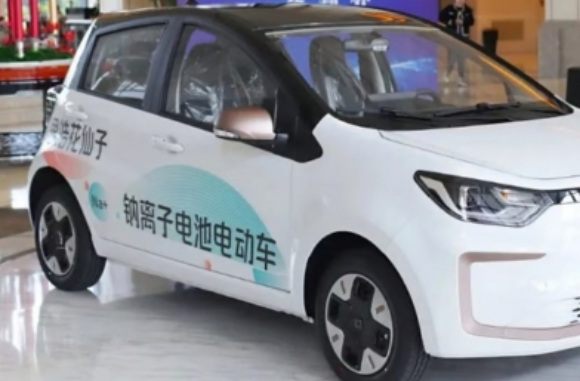Technology
Chinese automakers continue to face uncertainties in global market

New Delhi, Nov 25
Despite rapid growth in passenger vehicle export volumes, Chinese original equipment manufacturers (OEMs) continue to face various uncertainties in the global market, according to a new report.
For several OEMs, weak channel and product localisation capabilities have led to significant disparities in sales performance and inventory levels across overseas markets, a Canalys report said.
According to Alvin Liu, senior analyst at Canalys, channel management and localisation capabilities are vital to Chinese carmakers as they face export restrictions while exploring local production and integrating into the local supply chain ecosystem.
Chinese OEMs have achieved global leadership in electrification and SDV technologies. But the competitive edge in ADAS and digital cockpit technologies has yet to materialise fully.
The report stated that Chinese OEMs should view export markets pragmatically, carefully assessing the feasibility of replicating the Chinese market’s success globally.
Though Japanese and Korean carmakers are losing market share in China, their globalisation strategies remain strong and competitive and will pose a threat to Chinese OEMs.
The EU-China EV tariff dispute is a significant setback to the global electrification of the automotive industry.
Chinese and European automakers could benefit from sharing expertise, investing in joint research and development, and establishing a level-playing field for innovation.
“But geopolitical tensions and diverging interests are hindering progress. If the dispute escalates, the EU risks weakening the development of a competitive EV ecosystem, thus losing its leading position in the global automotive and green energy markets,” said principal analyst Jason Low.
The European Union’s tariffs and falling EV demand are also slowing the growth of Chinese battery electric vehicle (BEV) exports to 9 per cent (860,000 units).
As a result, the share of BEV exports will fall from 22.5 per cent in 2023 to 19 per cent in 2024, the report mentioned.



































